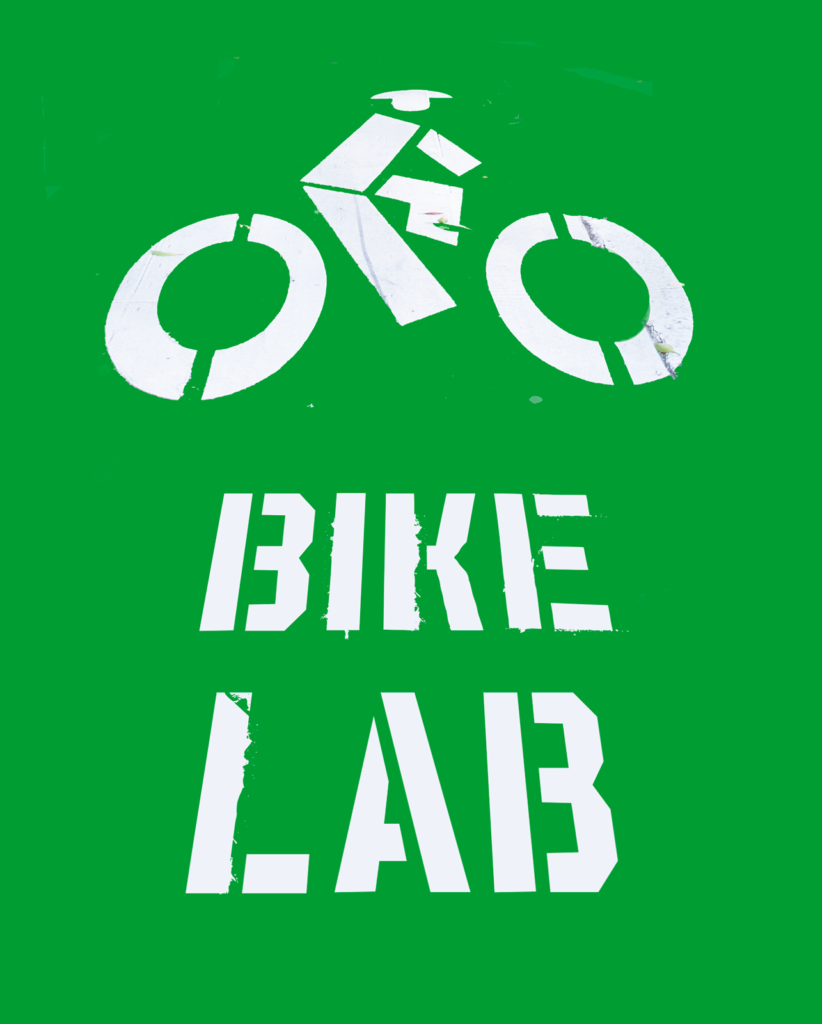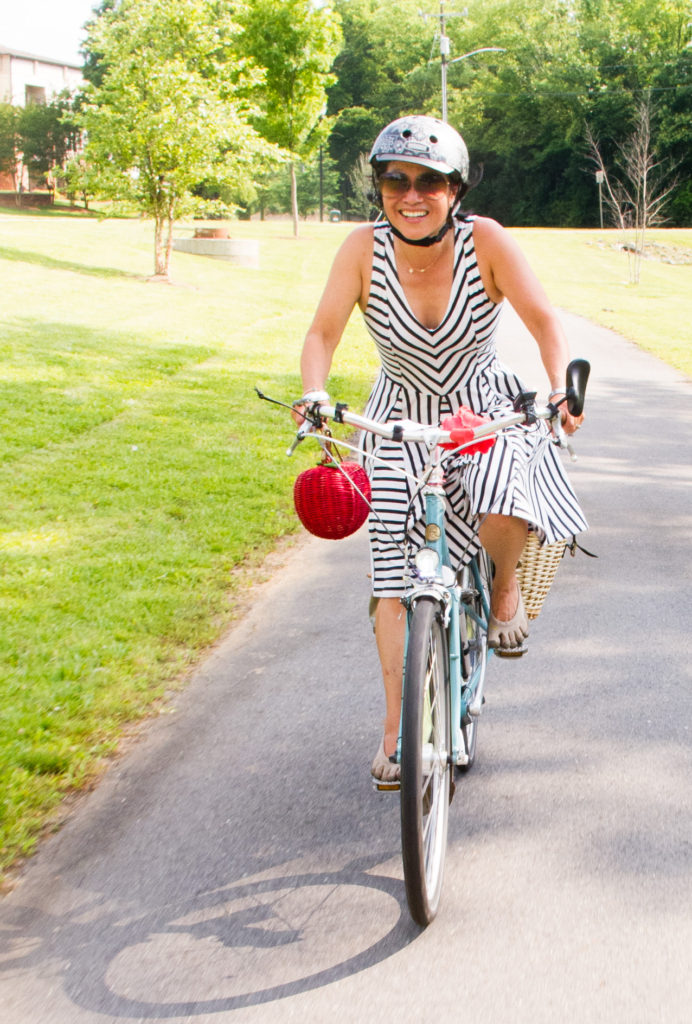Urbanists like to distinguish streets from roads. There’s an interesting take on this from Charles Marohn, who’s a city planner from Minnesota, on his Strong Towns blog:
The function of a road is to connect productive places…In contrast, the function of a street is to serve as a platform for building wealth.
This is a useful distinction, but what makes it interesting is the framing; this is the neo-liberal, New Urbanist ideology laid bare. The purpose of a street (and by implication, the purpose of the city) in this view is to maximize economic return on investment. See also Marohn’s criticism of the “stroads” which constitute much of the U.S. infrastructure:
This economic view of the world is a self-consistent belief system, and it at least has a specific strategic goal. But, it also explains why these New Urbanist developments are designed for the affluent. They focus on increasing home values and developing retail businesses. Those who don’t own homes and can’t afford to eat out all the time are not included in the vision, and even less so the truly poor.
But, that’s not what this post is about. I was thinking as I was riding around that bikes need a distinction between streets and roads, too. Here are bike roads in Saint Paul and Columbus, both coincidentally named “Summit”:


Both Summits are long, straight roads with limited traffic interactions. Columbus’ Summit recently underwent a road diet, replacing one of three one-way traffic lanes with a two-way protected bikeway. Saint Paul’s has a decent bike lane and relatively little traffic. The thing that makes them bike roads rather than bike streets is that they don’t present a lot of opportunity to interact with the city.
In Saint Paul, Summit goes through a neighborhood of Victorian mansions, mostly set back far from the street, with fences and gates. The wide center median could be an inviting place for walking or picnicking, but the road goes for miles without so much as a bench in the median. The road is useful but you have to use it and move on. In Columbus, Summit has a lot of traffic, but the protected lane makes it reasonably safe, and the fact that it’s two-way makes it a pretty nice addition to the cycle network. But similarly, there are not many places where the rider is invited to interact with the street.
That’s fine; utility cyclists need ways to travel distances efficiently within the city as well as places that are cool to bike around. A good bike network will include both bike roads and bike streets. Summit in Saint Paul goes all the way from downtown to the East Mississippi bikeway, over 4 miles; Summit in Columbus goes 3 miles from downtown, paralleling the hip district on High Street, and connecting with Definite Article Ohio State University.


